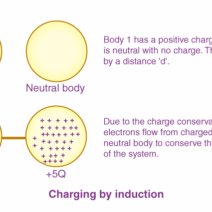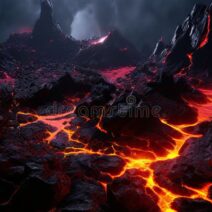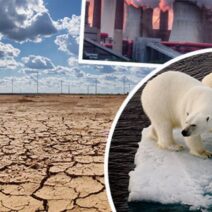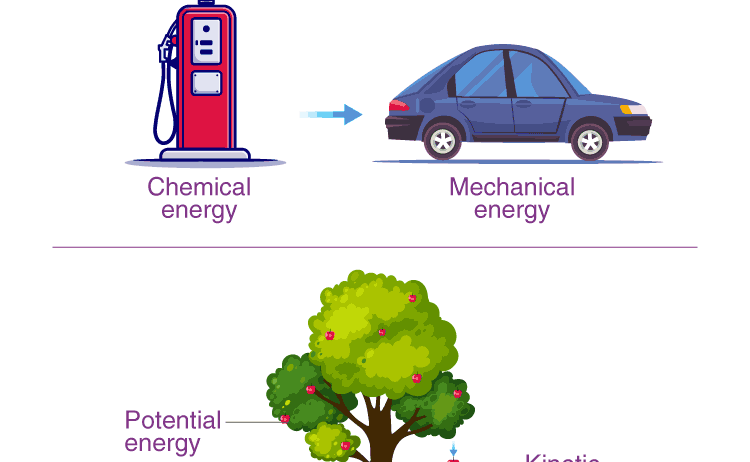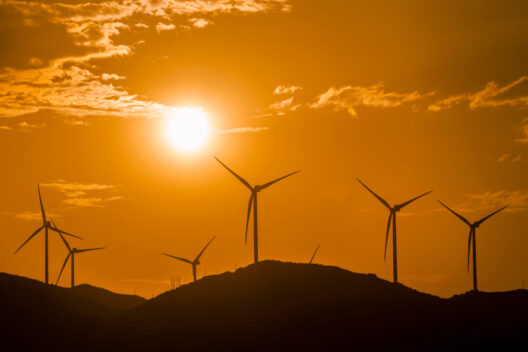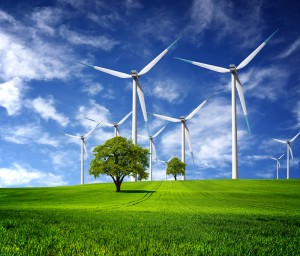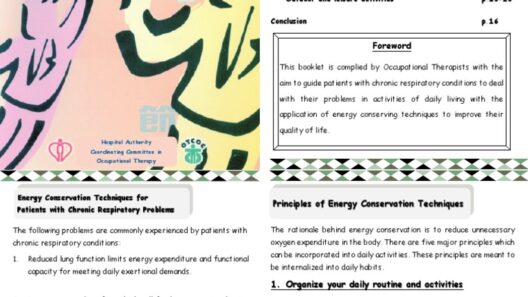The Law of Conservation of Energy is a fundamental principle in physics that asserts energy cannot be created or destroyed; it can only be transformed from one form to another. This principle governs all physical processes, providing a framework for how energy interacts in various systems. But what equations can we utilize to represent this pivotal law? Let’s delve into the equations and their implications, exploring the fascinating world of energy transformations.
To kick things off, consider a playful question: have you ever wondered how energy flows through different systems? Whether it’s a rollercoaster that seemingly defies gravity or a simple light bulb that illuminates a room, the transformation of energy is at play. Understanding these transformations and the equations that describe them can be immensely rewarding yet challenging.
At the core of energy conservation, we begin with the equation representing mechanical energy. The total mechanical energy ((E)) of a system is the sum of its kinetic energy ((KE)) and potential energy ((PE)). This relationship is expressed as:
Equation 1: (E = KE + PE)
Where:
- Kinetic Energy ((KE)): Given by the formula (KE = frac{1}{2}mv^2), where (m) is mass and (v) is velocity. This equation denotes energy in motion.
- Potential Energy ((PE)): Commonly represented as (PE = mgh), where (g) is the acceleration due to gravity and (h) is height. This equation describes stored energy based on position.
Through the lens of mechanics, the law elucidates that (E) in an isolated system remains constant if only conservative forces are at work, such as gravitational or elastic forces. This insight leads us to explore scenarios like roller coasters, demonstrating how energy fluctuates between kinetic and potential forms while maintaining a constant total energy.
What happens, though, when you introduce other forces into the mix — specifically, non-conservative forces such as friction? This leads to the second significant equation relevant to the conservation of energy:
Equation 2: (E_{initial} = E_{final} + E_{lost})
In this scenario, (E_{lost}) amounts to the energy dissipated, typically as heat due to friction or air resistance. This equation acknowledges the reality of energy conversion losses, a critical factor to consider in engineering and energy-efficient designs. It poses a challenge: how can we minimize these losses to enhance overall system efficiency?
Another critical aspect involves thermal energy and its implications in the context of conservation of energy. The first law of thermodynamics is an expression of the conservation of energy concerning heat exchange:
Equation 3: (Delta U = Q – W)
Where:
- ( Delta U ): Represents the change in internal energy of the system.
- ( Q ): Denotes heat added to the system.
- ( W ): Refers to work done by the system.
This thermodynamic equation bridges mechanical work with heat transfer, revealing the intricate relationships that govern how energy flows through a thermodynamic system. Ingeniously, this allows industries to optimize heat engines, refrigeration systems, and heat pumps, essential technologies in energy conservation today.
Furthermore, one cannot overlook the significance of electrical energy in modern society. The equation governing electrical energy consumption is vital for understanding energy conservation:
Equation 4: (P = IV)
Where:
- P: Power in watts (Joules per second).
- I: Current in amperes (coulombs per second).
- V: Voltage in volts.
This equation illustrates the conversion of electrical energy into other forms, such as light in light bulbs or kinetic energy in motors. It is imperative to recognize how this conversion impacts energy efficiency and consumption. With the rising demand for energy-efficient appliances, understanding these relationships is more pertinent than ever.
In conclusion, the Law of Conservation of Energy is encapsulated through various equations that describe mechanical, thermodynamic, and electrical systems. Each equation reveals a glimpse into the majestic interplay of energy forms. Yet, as we navigate this complex landscape, we face formidable challenges — how to minimize losses and enhance efficiency in diverse applications. With the collaboration of innovative engineering, sustainability practices, and informed decision-making, we can harness the power of these equations to foster a more energy-efficient future.
No matter the challenge, the principles tied to the conservation of energy remind us of the necessity to respect our planet’s limitations. As stewards of the environment, with knowledge rooted in these physical laws, we are better equipped to tackle the challenges and seize the opportunities presented by our energy-dependent society.
